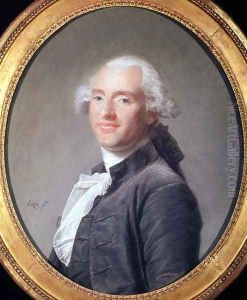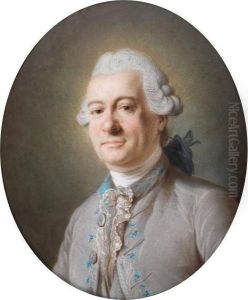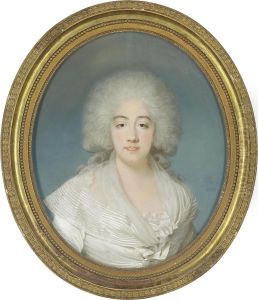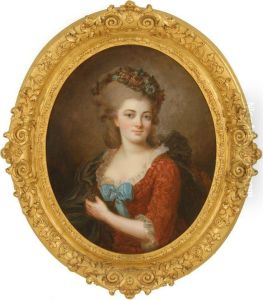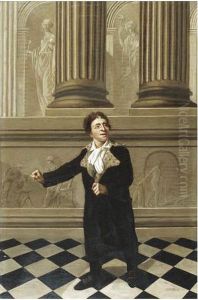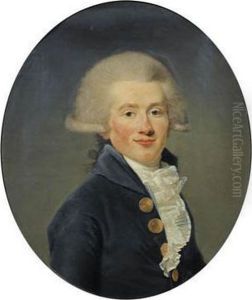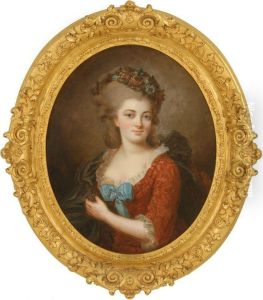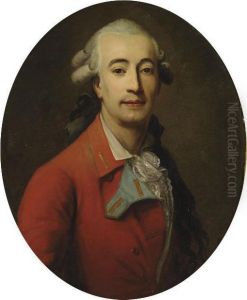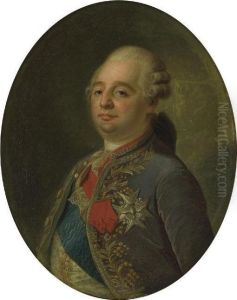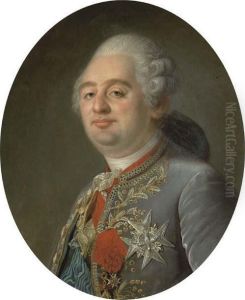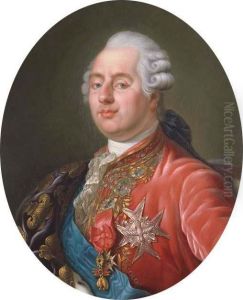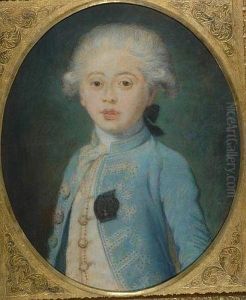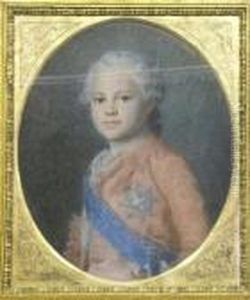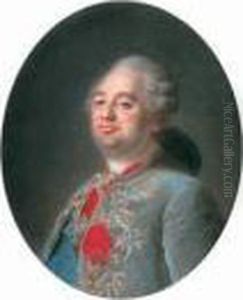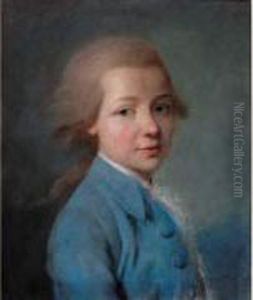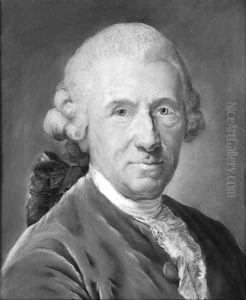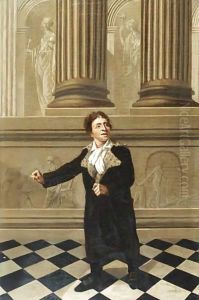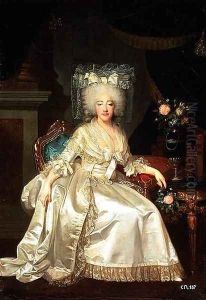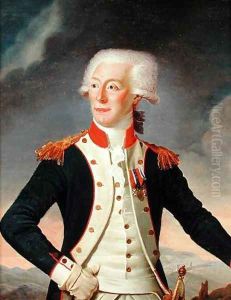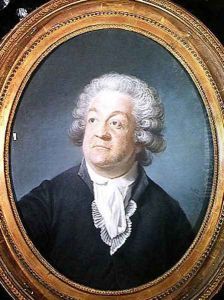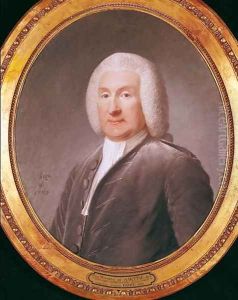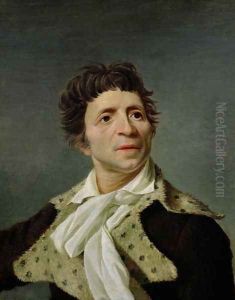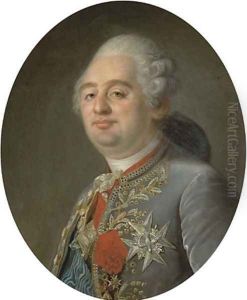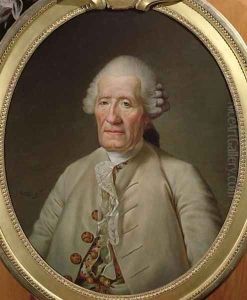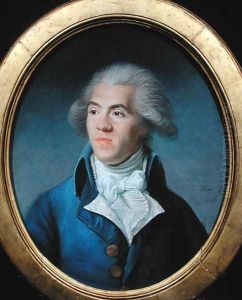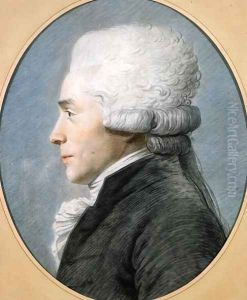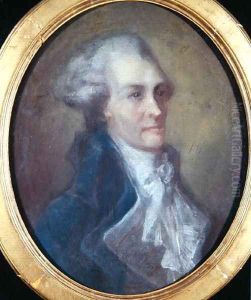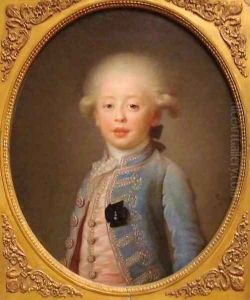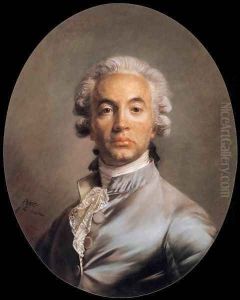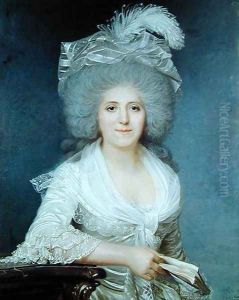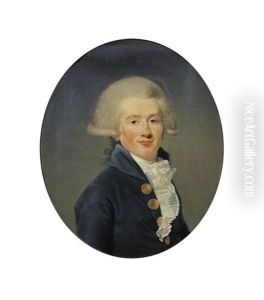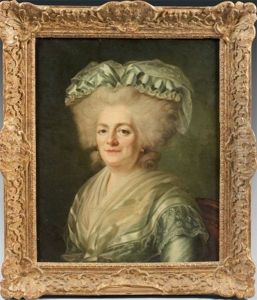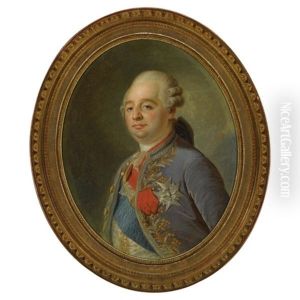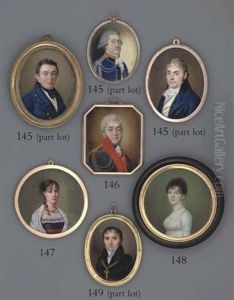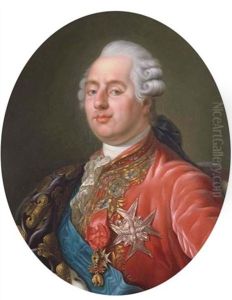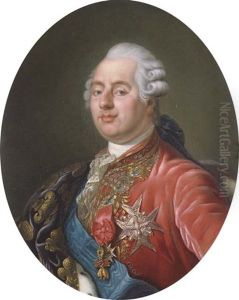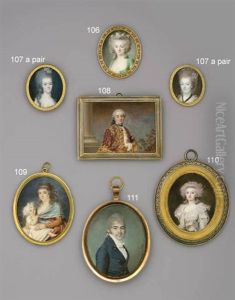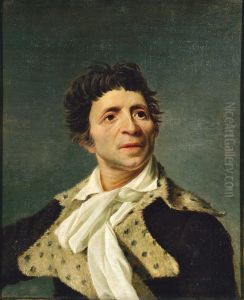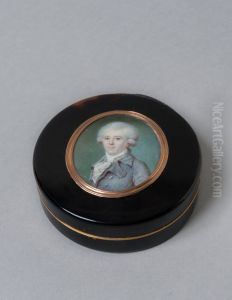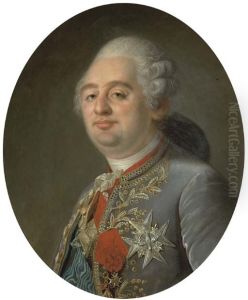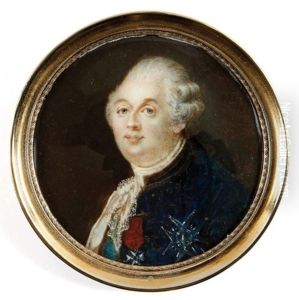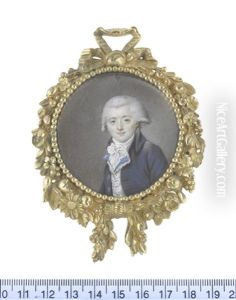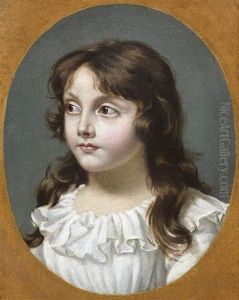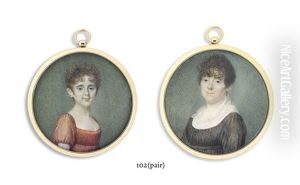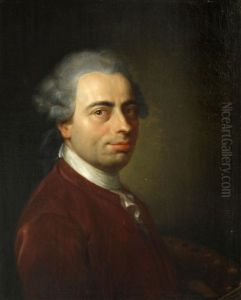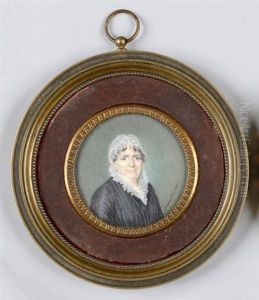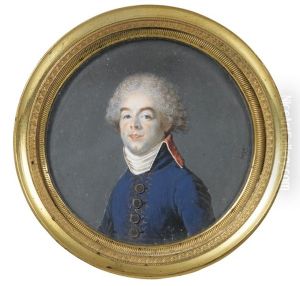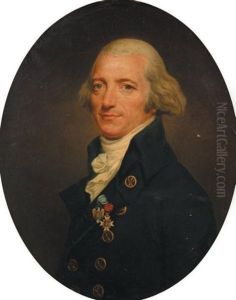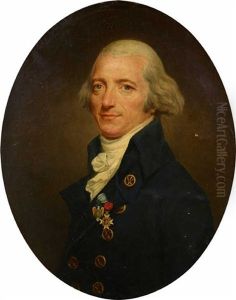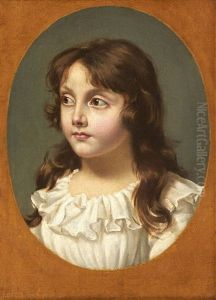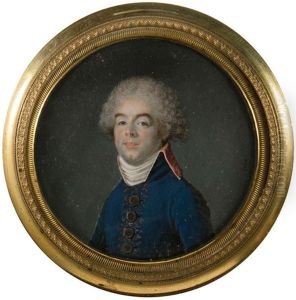Joseph Boze Paintings
Joseph Boze was a French portrait painter born on February 7, 1745, in Martigues, France. Boze established his reputation as a talented artist in the pre-Revolutionary period in France. He was particularly known for his ability to capture the likeness and character of his sitters with a notable degree of realism and sensitivity.
In his early life, Boze showed an aptitude for drawing and painting, and he went on to train under the painter Jean-Baptiste Massé. His early works quickly garnered attention, and he became sought after by the aristocracy and the upper echelons of society who desired to have their portraits painted.
Boze's career spanned a tumultuous period in French history, which included the French Revolution and the rise and fall of Napoleon Bonaparte. Despite the political upheavals of the time, Boze managed to adapt and maintain a steady stream of patrons. He became particularly well-known for his portraits of members of the French royal family, as well as prominent political figures.
During the Revolution, like many artists of the time, Boze faced the challenge of navigating the changing political landscape. However, his talent allowed him to continue working, and he produced portraits of various revolutionary figures without running afoul of the shifting allegiances and dangers of the period.
After the Revolution, Boze continued to work and received commissions from the new ruling classes, including members of Napoleon's family and inner circle. His style, though rooted in the traditions of the Old Regime, remained popular, and he adapted to the Neoclassical tastes of the era.
Joseph Boze's contributions to portrait painting were significant during his lifetime, and his works continue to be appreciated for their historical value and artistic merit. His portraits are often noted for their delicate use of light and shadow, as well as the psychological depth he achieved in capturing the personas of his sitters.
Boze passed away on January 25, 1826, in Paris. Today, his works can be found in various museums and art collections around the world, where they serve as a testament to his skill and the rich tapestry of French history during his lifetime.
